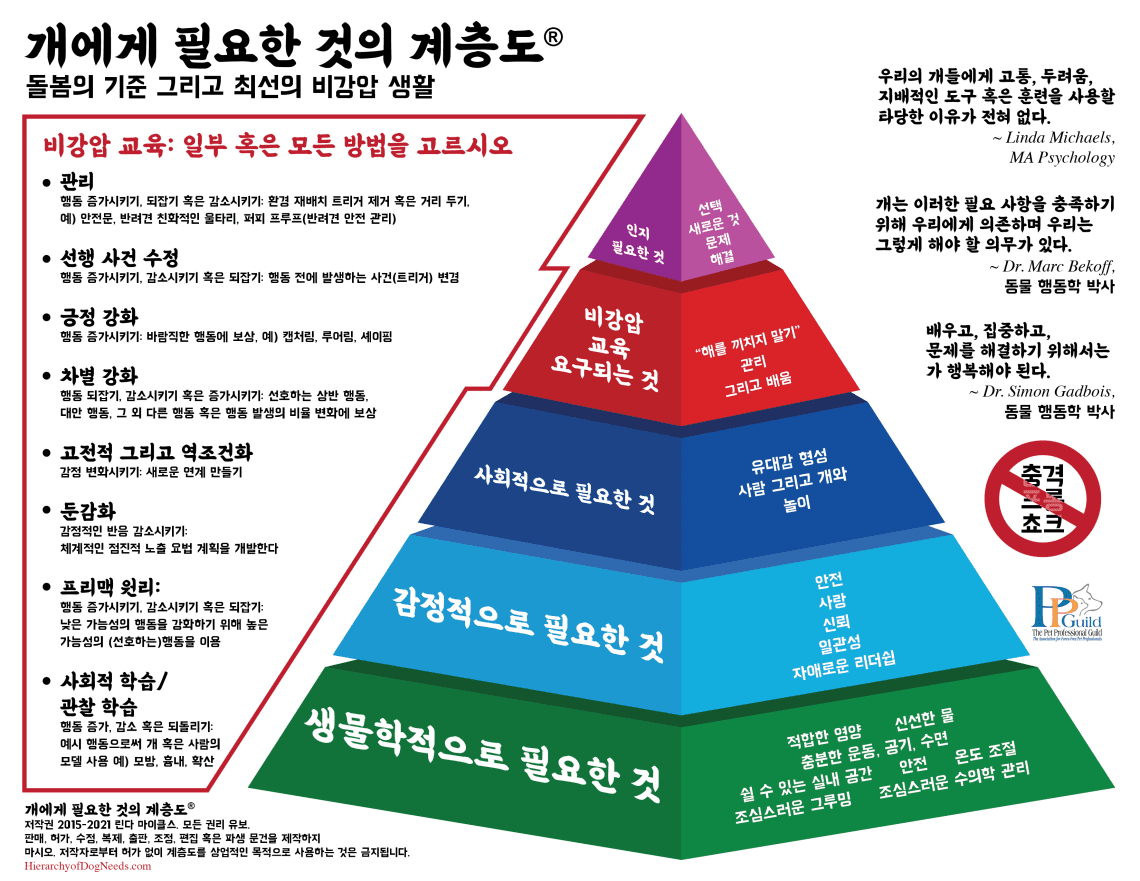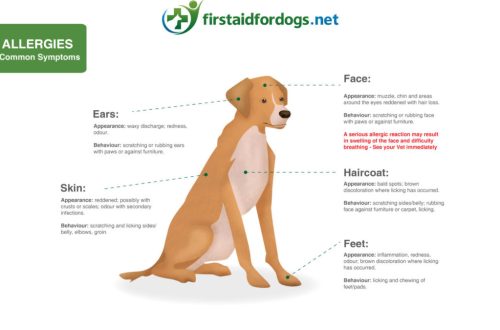
Hierarchy, dominasyon ug agresyon sa mga iro
Very often people confuse manifestations of aggression with “dominance”. And they believe that the higher the hierarchical status of a creature, the more often it shows aggression. Therefore, in relations with a dog, they do not disdain forceful methods, moreover, they are proud that they “crushed attempts to dominate” by force. But is hierarchy and dominance related to manifestations of aggression?
In the photo: the dog shows aggression. Photo: pixabay.com
Does the frequency of manifestation of aggression depend on hierarchical status and dominance?
Scientists have conducted many experiments and found that the frequency of aggression and dominance are in no way connected.
Aggression is not at all an indicator of hierarchical status and not a “dominant” trait.
Unlike dominance, which is a relationship characteristic, and a variable characteristic, the frequency of aggression may be hereditary, since it is partly dependent on hormones.
The frequency of manifestations of aggression may be higher or lower depending on the history of relationships in the group. For example, if the composition of the group is constantly changing, outbursts of aggression will be observed there more often.
In addition, the frequency of manifestations of aggression may be associated with well-being. For example, if a dog experiences pain (including from inhumane ammunition) or malaise, it may be irritated, which means it is more likely to react aggressively even to weak stimuli. Yes, you can remember yourself: a person who feels bad is not the most pleasant conversationalist.
So the most aggressive can be just the lowest-ranking creature – at least due to illness.







